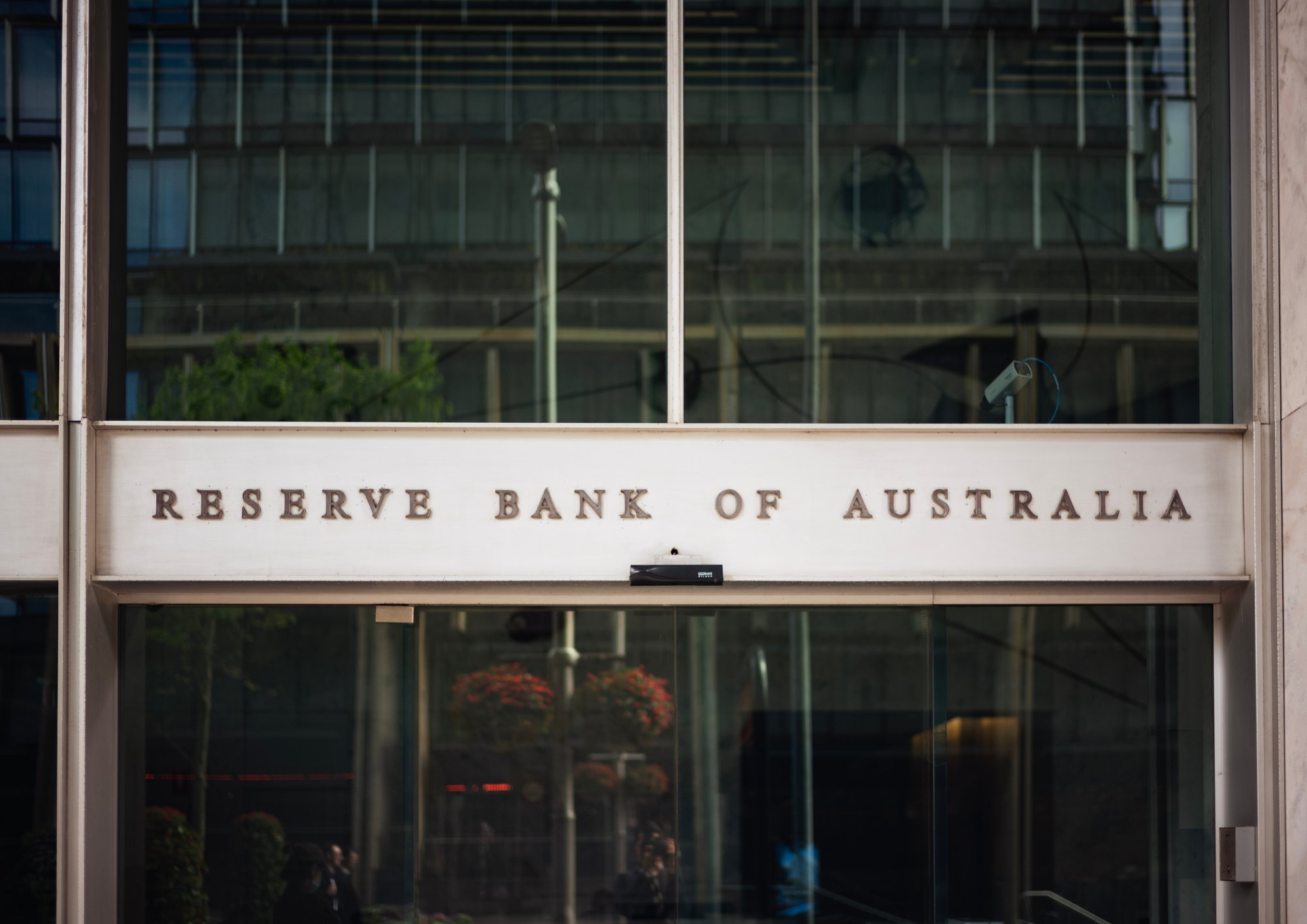RBA’s interest rate cut signals caution amidst inflation concerns

The Reserve Bank of Australia (RBA) made its first interest rate cut in over four years on Tuesday, but Governor Michele Bullock made it clear that the decision was not an indication of future cuts, as expected by the market.
During a press conference following the meeting, Bullock explained that the decision to lower rates effectively undoes the rate hike from November 2023, which was implemented as a precautionary measure. She pointed out, however, that the current level of interest rates is still restrictive.
“We’ve removed the additional tightening from November, but we are still in a restrictive environment,” Bullock said. “Further decisions on interest rates will depend on inflation data continuing to show a consistent downward trend.”
Bullock cautioned against market expectations for rapid cuts in the near future. She noted that the market's anticipation of three more rate reductions this year seemed overly optimistic. She added, “While we’ve taken one step, we are still waiting for more evidence that inflation is sustainably under control before we consider any further moves.”
The central bank is looking for signs that inflation is continuing to moderate, which includes monitoring wage growth, reducing housing inflation, and ensuring that the disinflation trend in market services remains intact.
The governor also expressed concern over the growing risks associated with global trade tensions, describing the situation as highly unpredictable.
“The impact of these escalations on global economic activity is uncertain, but it could affect inflation in various countries, potentially leading to higher prices if tariffs are imposed,” she stated.
Market reactions and outlook
Following the rate cut, major banks, including ANZ, Westpac, NAB, and CBA, swiftly passed the 0.25 per cent reduction onto their variable-rate customers.
The market’s overall mood post-rate cut was one of measured optimism, with economists predicting further cuts later in 2025. Schroders’ Head of Fixed Income, Kellie Wood, noted that the RBA’s decision was largely driven by easing inflationary pressures and weaker private-sector demand. She expects inflation to fall within the RBA’s target range of 2-3 per cent sooner than expected, but she stressed that the pace of easing will be slow and deliberate.
Wood projected two additional rate cuts in 2025 but acknowledged the complexity of the RBA’s decision-making process, particularly given the tight labour market and rising uncertainty around global trade.
“The path to economic recovery remains uncertain, especially with the impact of trade disruptions. While Australian bonds may outperform global bonds in 2025, the broader economic environment poses significant risks,” Wood said.
Other economists, including Charu Chanana of Saxo and Krishna Bhimavarapu from State Street Global Advisors, echoed the sentiment of cautious optimism. They emphasised that while the RBA’s easing cycle has begun, the labour market's strength and global risks necessitate a careful approach to further rate cuts.
Investor sentiment
For investors, the rate cut brings both opportunities and challenges. AMP’s Shane Oliver noted that while the RBA’s easing cycle could help boost share prices, the outlook for the Australian dollar might be less favourable, especially as rate cuts outpace those in the US. He anticipates the Aussie dollar will remain within a range of USD 0.60 to 0.70.
Oliver predicted modest growth for the Australian economy, forecasting an expansion of around 2 per cent year-on-year. He also highlighted that while shares could see a boost, other factors such as trade wars and rising tariffs would create volatility in the markets.
On the bond market, while some analysts like Wood are optimistic, others, such as Franklin Templeton’s Andrew Canobi, remain sceptical. Canobi noted that bond markets have already priced in the expected rate cuts and that further significant declines in interest rates are unlikely unless the RBA surprises the market with deeper cuts.
He added that the neutral interest rate is now likely higher than pre-pandemic levels, making a return to ultra-low rates unlikely.
“A return to the pre-COVID cash rate of 0.75 per cent is improbable. The neutral policy rate now appears to be significantly higher—likely in the range of 3.0–3.5 per cent or more,” he added.


